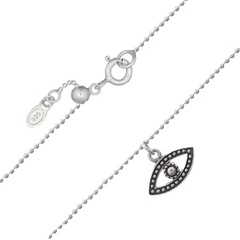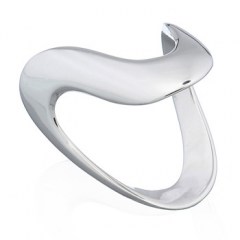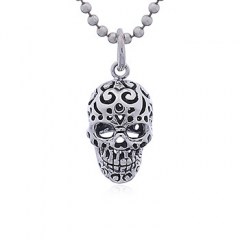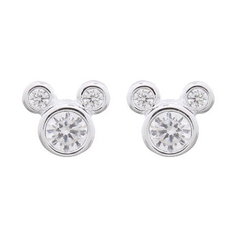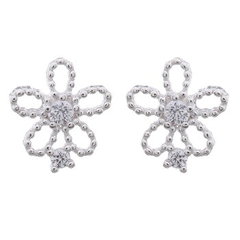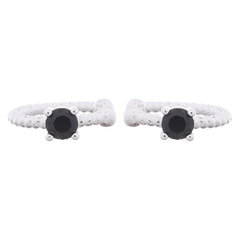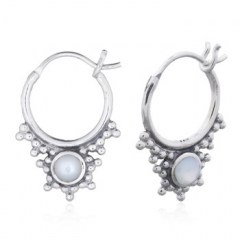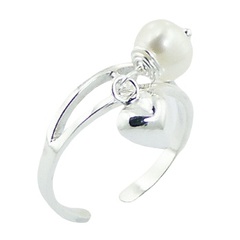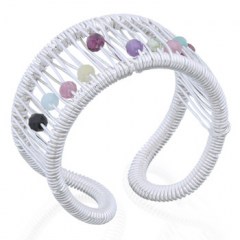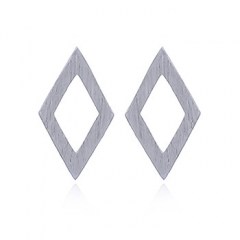The necklace has been enjoying its popularity all over the world since the beginning of the world. In different epochs, this type of jewelry was made from different materials. Plastic and crystals replaced gemstones with time, although their very essence remains the same – to enhance the femininity and beauty of its recipient.
What were the first necklaces like?
People started to adorn themselves as early as in the Stone Age. What could be easier than to put on a fang of a killed animal after a successful hunt? Archaeological researches prove that the first pendants were crafted from animal bones fixed on a salted veil strand. Their history counts more than five thousand years. Once humans learnt how to process metal, medallions became more elaborate. People added bronze and copper elements to them. Let’s assume this plain jewelry to be the prototype of the modern necklace.
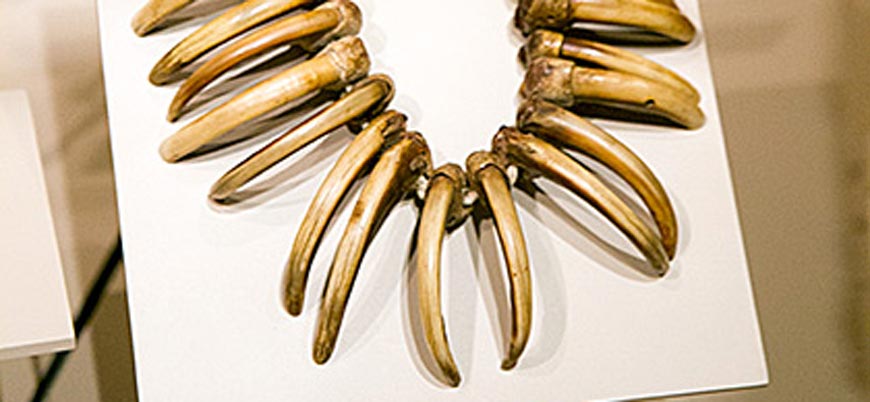
Ancient Egypt witnessed more intricate things. Pharaohs wore necklaces composed of polished and glazed golden plaques. Naturally, these necklaces were very heavy, so the rulers had to put counter-weight on their back to balance them. To discover an Egyptian necklace was rather simple as its owner was buried with it. The most notorious pendant is Tutankhamun’s scarab bug.
In old times, neck jewelry was awed with particular piety. Such pieces were not just luxurious items but sacral things as well. Thus, the Inca priests wore pieces made of gold beads in several rows while the Aztecs put a feather necklace on a person before making a sacrifice.
Shape and meaning of ancient necklaces
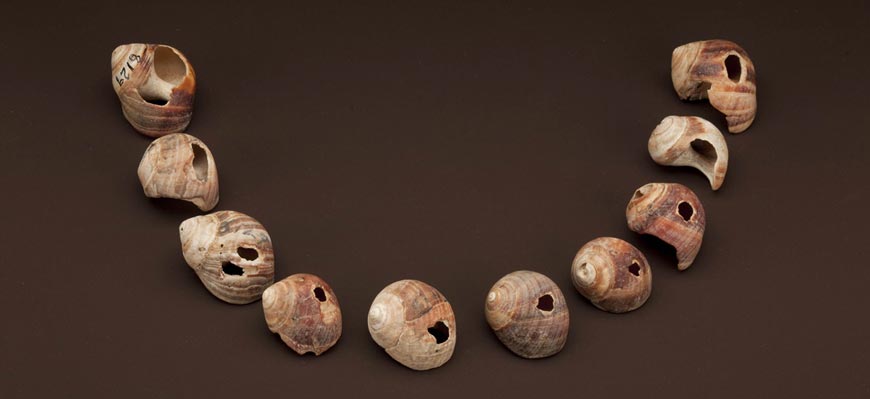
The necklace in a form familiar to us appeared in Ancient Greece several centuries ago. It was a piece of jewelry made of small seashells put together on an ordinary thread. Even males wore such necklaces as amulets before a voyage as well as on holidays celebrating wedding ceremonies or worshipping gods. In Ancient Rome, pendants possessed a more practical feature. All legionnaires wore pendants reading their names. That helped to identify soldiers perished in the action and to convey the bad news to their relatives. Suchpendantsareusedinthearmynowadays, too.
In the Medieval Ages, only royals, high priests and nobility could afford to wear necklaces. The matter is that precious stones were extremely popular at those times – and common people could not afford such expensive items. However, that presented many opportunities to the rich, both men and women. Priests’ necklaces were often embellished with a crucifix or the Maltese cross exclusively in gold or silver. There was a sapphire or emerald in the centre of the cross.
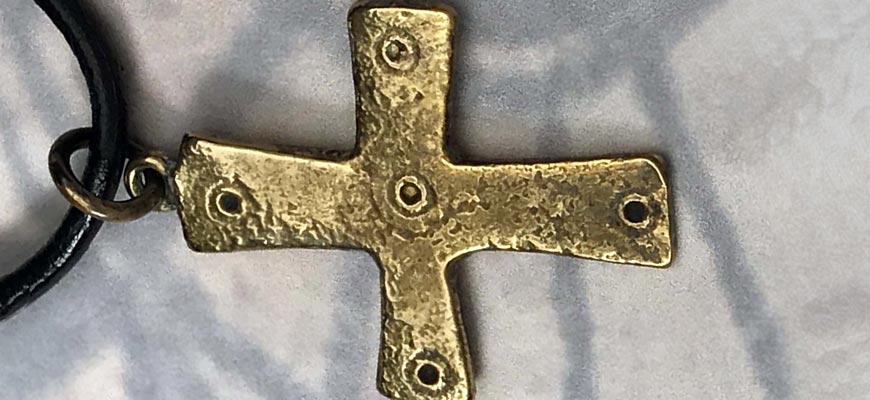
Numerous masterpieces and belles-lettres works give us evidence of the nobility’s treasures. Perhaps, Marie Antoinette’s huge jewelry collection could rival the richest. She possessed necklaces so precious that even the royal family could hardly buy. The spouse of Ludovic XVI adored diamonds, and her most expensive neck pieces included stones of almost 200-carat pink, yellow and colourless diamonds. As for Queen Elizabeth I, she found a special joy in pearls regarded as bewitching stones at those times.
Fastening the stranglehold
Looking back to the past, let’s recollect that the word “collier” originates from the French “collier” meaning “collar”. This strange match can be explained quite simply. Most of necklaces fit the neck tightly.
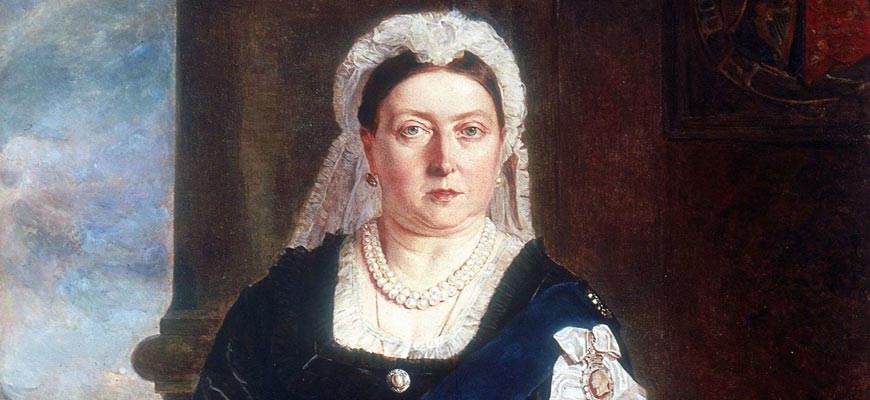
Collar necklaces, known as chokers nowadays, earned their popularity in France in the 18th century during the rococo period while Queen Victoria started to wear them in the Victorian era. Later in the 19th century, the spouse of Edward, the Prince of Wales, Princess Alexandra of Denmark would wear chokers so frequently that she was nicknamed as “dog owner” by her people. That passion to chokers was for a reason. In her childhood, Princess Alexandra was injured in an incident resulting in a huge scar on her neck. To hide it, Alexandra started to wear a necklace of pearls or velvet ribbons scattered with gems high under her chin. By the way, this habit of hers gave rise to the fashion trend of choker necklaces, the most extravagant of them being depicted in the works by Marquis de Sade.
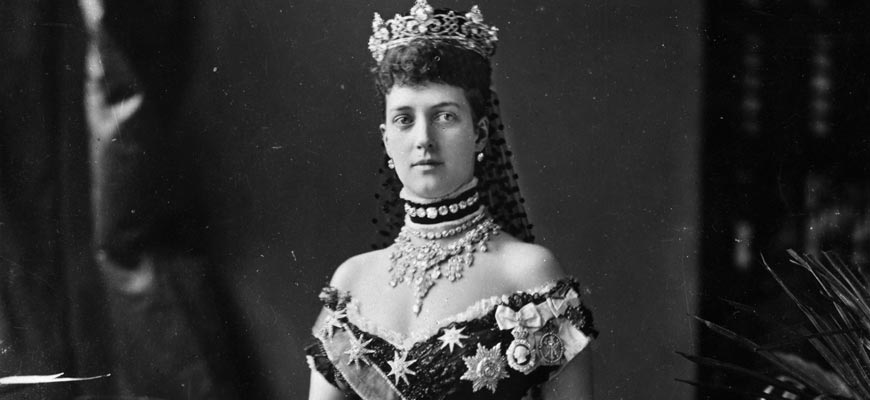
Beginning of the choker era
Velvet or pearl chokers enjoyed the greatest popularity at those times. They were embellished with a planchette with versatile ornaments in the middle. They were produced by the famous jeweller of that epoch – Rene Lalique. They might also include a connection element with scattered diamonds. Only rarely could people afford to possess such luxurious belongings, so jewellers started to make necklaces from less expensive materials: gemstones were replaced with crystals, and pearl strings – with laces.
Chokers served as the main accents in Coco Chanel’s collection in the 20th century, and that gave them a new birth. They are highly appreciated by John Galliano nowadays. He regards the choker as a universal piece of jewelry that equally goes well either with an evening outfit or jeans. They are constantly spotted on royals’ necks, for instance, chokers were highly adored by Princess Diana, who would wear them during high society gatherings.
These days, chokers are a part of our culture and worn throughout the world. Solid choker necklace has become one of the most beloved variations of the initial design.
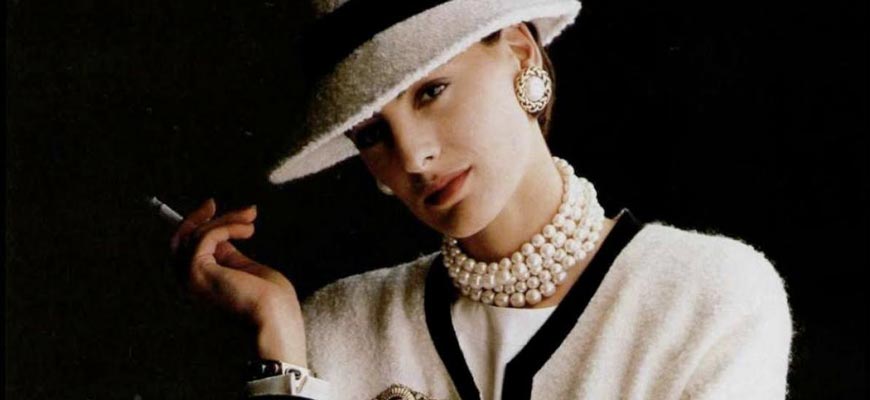
Screenstars’ love for necklaces
The collier necklace is considered mostly a female accessory nowadays. Males tend to wear strict pendants only. Of course, there are diverse types of necklaces and talismans for men but they are used as part of custom rituals while ladies have embraced all types of the most intricate necklaces designed by jewelry artisans. Thus, the unsurpassed Sophie Laurent was captured by Vogue in a gorgeous Riviera necklace with diamond inlays. The accessory’s peculiarity lies in its composition: the stones are attached to each other so tightly that it is impossible to see where they are joined. This creates an illusion of a flowing stream.
Marilyn Monroe had a symbolic piece of jewelry as well. The necklace "Moon of Baroda" with a canary-yellow pear-shaped diamond was spotted on her neck in the film "Gentlemen prefer blondes". The line from her song "Diamonds are a girl’s best friend" is likely to celebrate this unique gem. By the way, it has survived half a century.
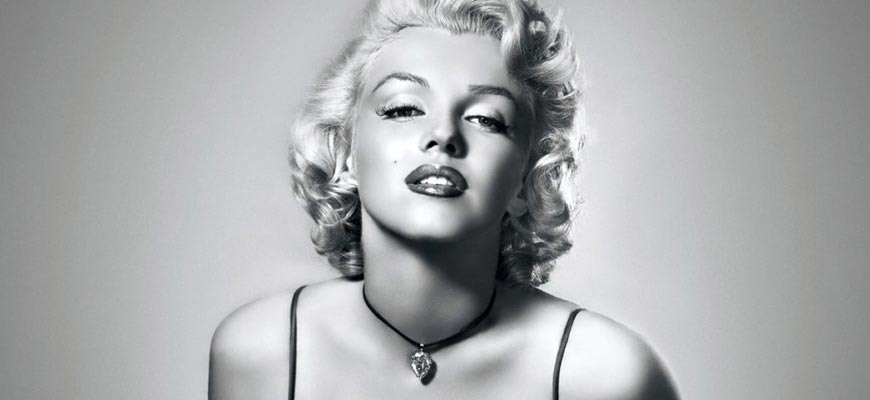
Elizabeth Taylor confessed to journalists, My Mom says that I did not open my eyes for eight days when I was born but when I did, the first thing I saw was an engagement ring. Her rich collection comprised almost three hundred legendary jewelry pieces, mostly purchased by her husband, Richard Burton pampering his sweetheart.
They cost around twenty million dollars at those times. Yet at the auction in the actress’ honour, they were sold for one hundred million. Elizabeth’s passion for treasures was so great that she dedicated her book "My Love Affair with Jewelry" to them.
On top of that, Liz did not wear pieces made by others only. The notorious wanderer pearl "La Pelegrina" was designed by Elizabeth and ended up as a present by her husband. The central pearl in the necklace belongs to the most significant gemstones in history. Found in the Gulf of Panama in the 16th century, it was included into royal treasures of Spain. The pearl was auctioned off to Taylor’s husband in 1969. Inspired by Mary Stuart’s portrait, she commissioned Cartier jewellers to create a new ruby setting for it.
The most recognizable necklace was featured in the Titanic – a jewel with a romantic name "The heart of the ocean" with a central 50-carat blue tanzanite. Many jewellery brands have been producing similar necklaces with blue heart-shaped stones ever since. An exact replica was created shortly after the film release, even though it was made with a 170-carat sapphire. It was auctioned off for charity to Celine Dion’s husband, the singer who performed the song "My Heart Will Go On" in the film.
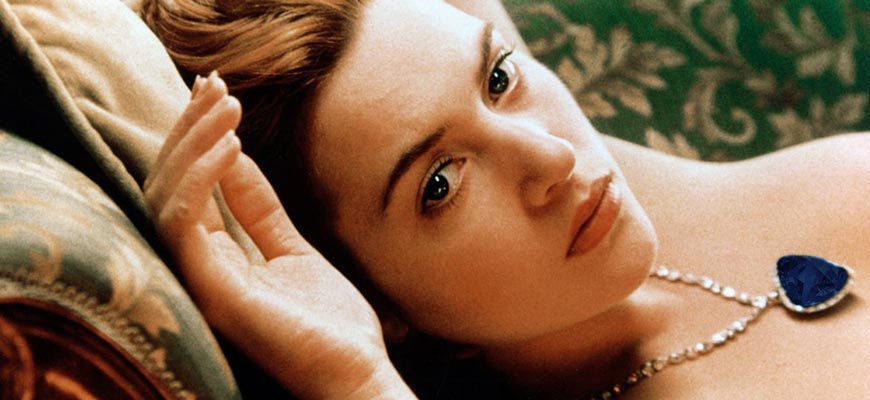
"The heart of the ocean" had a real prototype. It was a necklace with the blue Hope diamond crafted by jeweller Pierre Cartier in 1910. It was bought by the socialite Evalyn Walsh McLean who rarely put it off. When she died, the necklace was inherited by her grandchildren and sold to jeweller Harry Winston. In his turn, he donated the stone to Smithsonian Institution in Washington. The item has been kept there since then.
By the way, this is likely to be the most notorious jewelry piece in the world bringing bad luck to its owner. Thus, Marie Antoinette and Ludovic were beheaded, and the Princesse de Lamballe was murdered by the crowd to death. Evalyn McLean came into possession of the pendant in 1911 ignoring the shadowy past of the diamond. The woman’s fate proved the killing vibes of the notorious piece: Evalyn’s son died in a car crash, her daughter had a fatal drug overdose, her husband left her for another woman and as for the necklace owner in particular, she ended up in a homeless shelter.
"The Kohinoor"diamond earned a bad reputation, too. It was brought from India in 1850 and was presented to the royal family. At present, Elizabeth II wears it as part of her crown. Fortunately, it is safe for the queen while each man was able to put it on but for a short period of time.
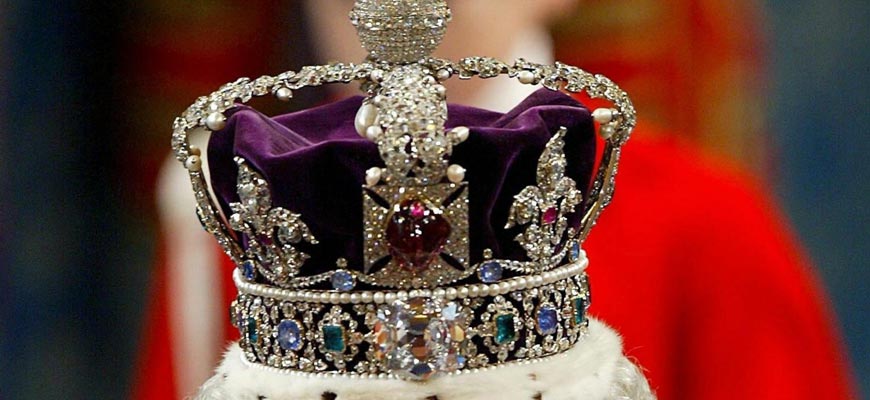
In summary, necklace as a type of jewelry has undergone some drastic changes to become one of the most frequently worn accessories today. Let us not forget that the fashion history is truly fascinating and worth exploring, just like other spheres of our life.

